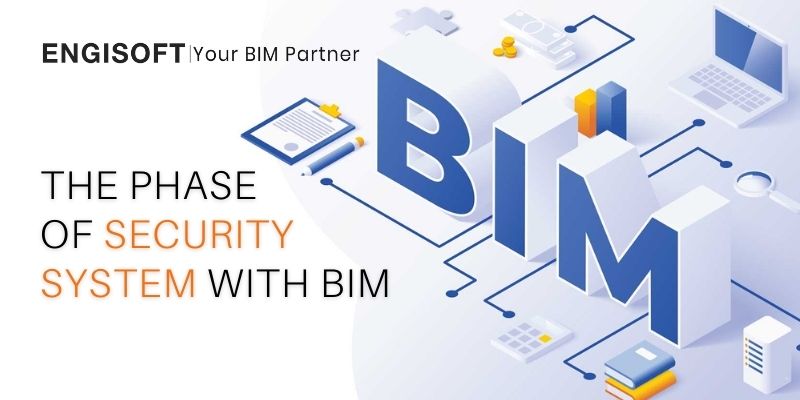Building Information Modelling (BIM) is the new face of the construction business. BIM uses data and technology to cut out 3D models without having to go to the construction site. Later, these models are used as the base of the construction. BIM covers all aspects of a building, storing its information at one easily accessible point as a knowledge resource.
What is BIM Level 2?
BIM level 2 is the future of the security system in buildings. BIM Level 2 refers to the projects where the parties involved in the project use their 3D CAD model and design information. Information is shared in a standard file format, making it available to any organization or stakeholder of the project. Usage of BIM Level 2 shows cost savings of over 30% across capital and working expenditures.
Traditionally, BIM level 2 is not needed for local authorities or private projects. The demand for level 2 is increasing among mainstream workers recognizing the effectiveness of implementing BIM models.
Security systems and BIM
Most of the companies involved in BIM and construction have been relying on 2D modeling and BIM Level 1 for their needs. Some companies, like Stanley Security, have achieved Level 2 accreditation. These companies have shown promising results by minimizing financial outlay for their clients. The involvement of BIM Level 2 in security system designing and implementation has shown promising results. It is noticed that the development and implementation cost of the security systems has reduced because of the economies and efficiencies this data-oriented BIM has brought to the table.
Let’s consider that you have a new home in a posh area and are looking to install a high-tech security system. You can hire a security system expert, and they will tell you what the new system can do. With the help of BIM modeling techniques, they can implement the security system with the house design and show you exactly how the system will react, giving you a realistic and accurate depiction.
BIM has shown a lot of promise in the world of security systems. As more research and development are done in this area, its implications across the construction industry will expand.
Involvement of BIM in security systems
Simplistic design
Being a simple drag-and-drop modeling process, it makes life simpler for the designer and reduces turnaround time for the clients.
Reduces the chances of errors
A 3D model of a building showing a security system reduces the chances of missing details. The chances of missing features from paper-based data and images are very high, especially when you are not familiar with the relevant technical aspects.
Supports accurate decision making
BIM supports accurate decision-making by being a more engaging and easier-to-use interface. By providing a virtual imagery design of the project at hand, BIM helps you understand the functionality of a security system. This more profound understanding of security system design enables you to locate places with scope for improvement, upping the effectiveness of the security system design.
Why a sudden shift to BIM Level 2?
There has been a sudden surge in inquiries related to BIM in security from the construction sector. It has been observed since the mid-2010s, that customer inquiries about BIM services have gone up drastically. The construction sector has been quite curious about BIM’s implications in various stages of the industry, like design, construction, and BIM object databases. This new trend of BIM inquiries has inspired the adaptation of BIM Level 2 in security systems in the construction industry.
What are COBie and its impact on security?
Earlier, asset data from different segments were provided in various formats, making the functionality of the data for further decision-making difficult. Adopting a standard format of storing data in an excel workbook called COBie has eased the flow and usage of data across different industry segments.
With the help of COBie, every single part of the security system is cataloged in a very efficient manner making it easy to locate. In case something needs replacement, the broken part is easy to identify with the help of the part number.
Recording the life of the security parts, efficient maintenance, and replacement of the components can be done on time. Also, since the information is recorded centrally, changes in the personnel don’t impact anything.











